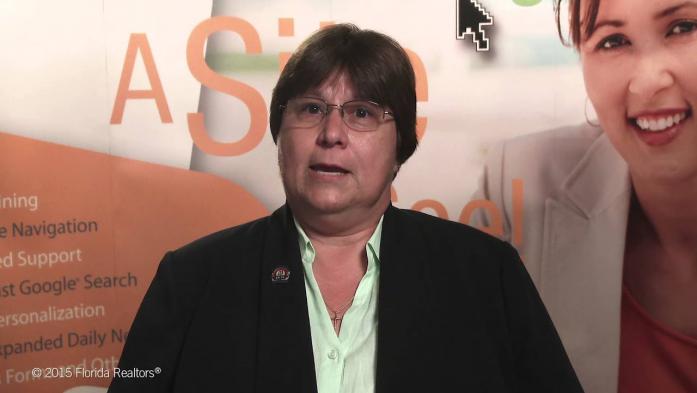
How to Build a Team That Outlasts the Team Leader
Frequently, I’m asked to evaluate the value of a team. Unfortunately, many teams are not structured in a way to have value beyond the team leader.
That’s because the team leader is the source of all transactions, and the team is branded to that person’s name. However, there are ways team leaders can build value and maximize the salable value of a team.
How to Create a Real Estate Team That's Built for Success
Here are my suggestions:
1. Keep good financial and operational records.
It’s nearly impossible to place a financial value on a team that doesn’t have complete records. A potential buyer will want answers to questions like these:
- What are your sources of business?
- How much do you spend to generate leads?
- What is your current capture rate?
- What is your monthly and annual profit?
The better the records, the easier it is to show the value of your business and help you make good operational decisions regarding your team even if you’re not selling.
2. Help team members generate their own revenue.
The less valuable the team leader or owner is to its performance, the higher the potential value. If the team leader does little to no listing or selling, or if the customer base from Sphere of Influence (Sphere) is lower, the higher the potential value of the team. Also, don’t brand your team with the team leader’s name; that factor affects the value.
3. Generate business from non-Sphere sources.
Teams that generate their client flow and closed business from non-Sphere sources have a higher potential value. A business-system-generated customer or closing has a higher value than Sphere-related business. The ability for another owner to replicate that business-system-generated customer can also affect the value. For instance, when someone can replicate your business system for say, $100,000, why would they pay you $400,000 for it?
4. Increase per-person productivity.
Teams that have a consistent record of productivity growth usually have a higher value than those where the only growth comes from adding people to the team. Have you grown your business from your system and per-person productivity rather than from adding more people? While the challenge of keeping good inside salespeople (ISA) has grown, the presence of a system that recruits and retains productive ISAs and staff is additive to value.
One last item: Even large brokerage sales require the presence and involvement of the seller after a sale. Also, many times, measurable parts of the purchase are contingent on the seller keeping agents producing for the buyer. So, team leaders willing to stick around for a contracted amount of time, generally get a higher value for their team when they sell.
Just as evaluating a team’s performance is best done through the eyes of the customers, selling a business means looking at the people, systems and financials from a seller’s perspective. Is there a solid book of business? Can the team continue to grow in its market? What is the real-market value after the leader exits the business? Teams are here to stay, structuring them correctly provides the foundation for long-term success. #
Steve Murray is the founder and president of REAL Trends, a real estate consulting and publishing company based in Castle Rock, Colo.

